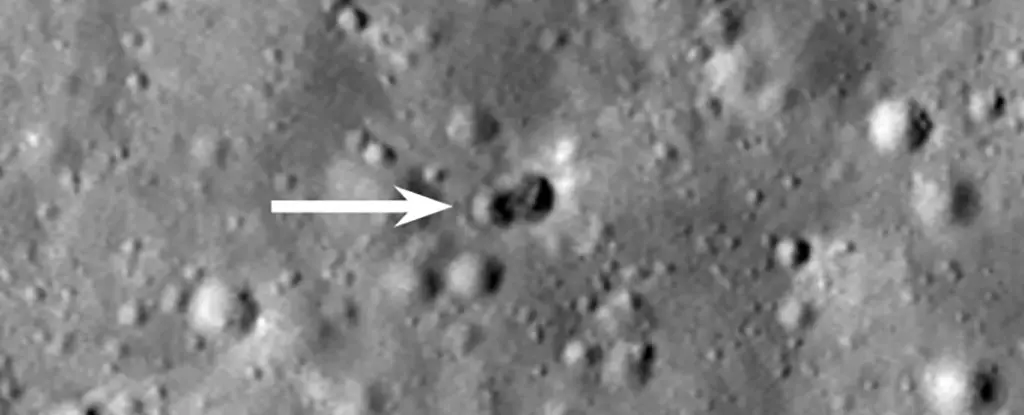In March 2022, an object collided with the Moon, leaving behind two craters instead of the expected one. A team of engineers-turned-detectives from the University of Arizona has now identified this mysterious object as the Long March 3C rocket body from China’s 2014 Chang’e 5-T1 mission. This rocket was initially used for testing purposes for the lunar lander, but it seems that an additional payload, undisclosed by the China National Space Administration (CNSA), played a role in creating the double crater. The significance of this finding lies in the fact that double craters have never been observed before. This discovery paves the way for further investigations into the composition and impact dynamics of lunar objects.
Astronomers had been tracking the object, referred to as WE0913A, since its detection in the Catalina Sky Survey in March 2015. Initially, it was believed to be a Space X booster, but the focus soon shifted towards China’s 2014 mission. In this recent study, the research team analyzed the object’s movement and changes in reflected light prior to impact. Interestingly, the object was observed rotating end-over-end, indicating the presence of a second mass acting as a counterweight to the engines on one side of the rocket. This finding aligns with the formation of the double crater. Despite these compelling insights, the CSNA has neither confirmed nor denied the presence of an extra payload on the rocket. Consequently, the exact nature of this extra payload may forever remain a mystery.
While discarding rockets into space has been a common practice for many space missions, the recent incident on the Moon serves as a stark reminder of the mounting space debris problem. This issue poses potential threats to satellites in orbit and even to the International Space Station. Although much of the debris burns up upon reentry into Earth’s atmosphere, some objects successfully breach the protective barrier. Consequently, it is crucial to properly track and monitor all objects deployed into space. The researchers behind this study emphasize the importance of understanding the behavior and potential risks associated with objects that make their way to celestial bodies such as the Moon.
The Implications and the Way Forward
The newfound knowledge regarding the double craters and the nature of the object responsible for the impact raises broader questions about the future of space exploration. As humanity’s presence and activities in space increase, it becomes imperative to maintain a meticulous record of all objects deployed into space and their potential impact trajectories. It is not enough to simply track these objects; we must also comprehend their behavior and anticipate their actions. This understanding will inform decision-making processes when it comes to planning future missions and minimizing potential hazards.
The identification of the Long March 3C rocket body as the source of the double craters on the lunar surface marks a significant milestone in our understanding of space debris and its impact on celestial bodies. While the additional payload’s exact composition remains unknown, the discovery sheds light on the importance of tracking all objects sent into space. As scientific advancements and commercial endeavors continue to drive space exploration, comprehensive monitoring and knowledge will be instrumental in ensuring the safety of future missions and preserving the integrity of our cosmic neighbors.



Leave a Reply